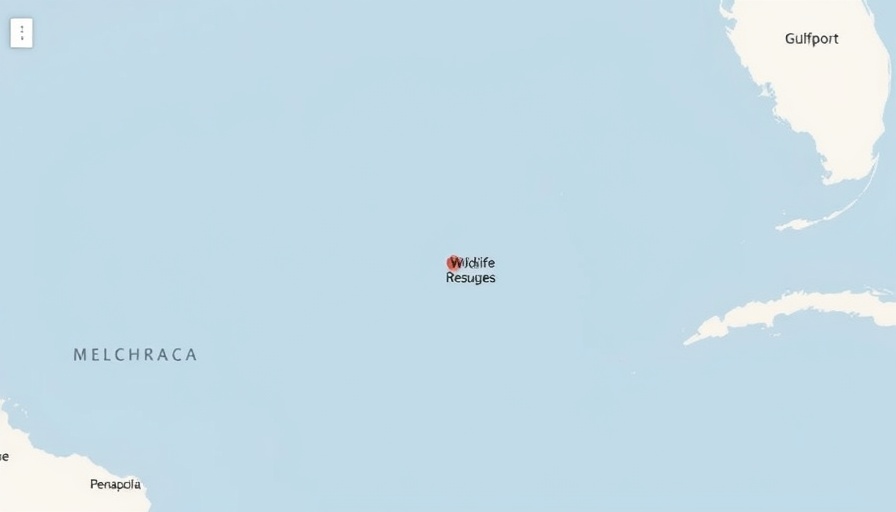
Understanding the Recent 3.1 Magnitude Earthquake in the Gulf
On Friday, May 23, 2025, the United States Geological Survey (USGS) reported a 3.1 magnitude earthquake in the Gulf, specifically located approximately 70 miles south of Gulf Shores, Alabama. This seismic event occurred around 2:40 p.m. Although the earthquake is relatively minor compared to larger seismic events that can cause significant destruction, it's important to understand its implications and the geological context surrounding it.
What This Means for Residents of the Gulf Coast
For the residents living near the Gulf Coast, such news can arouse concerns about the safety of their homes and the stability of the region. Earthquakes in areas that are not traditionally known for seismic activity can often catch residents off-guard. However, the USGS has stated that there is no tsunami risk associated with this earthquake, providing some reassurance to locals who might fear secondary effects.
The Geological Perspective: Earthquakes in Unlikely Places
While many people correlate earthquakes with places like California, the Gulf Coast is not immune to seismic activity. Earthquakes in this region tend to be less frequent but can still occur. This event serves as a reminder of the dynamic nature of our planet. Earthquake preparedness remains crucial, even in areas where tectonic activity is not widely anticipated.
Local Impact and Community Response
Communities near the Gulf are advised to stay informed and prepared for potential aftershocks or additional seismic activity. Local authorities typically engage in monitoring efforts and provide updates accordingly. Encouraging dialogues in emergency readiness can benefit residents, ensuring they understand what to do in the event of future quakes.
The Importance of Monitoring and Reporting
The role of organizations like the USGS is vital in providing timely information to the public about seismic activities. Their continuous monitoring helps raise awareness and prepares communities to respond effectively to natural disasters. The availability of data makes it easier for residents to comprehend the risks involved and equips them with knowledge about building codes and safety measures to protect themselves.
Looking Ahead: Preparedness is Key
In light of this recent quake, Gulf Coast residents should reassess their preparedness plans. Whether it be emergency kits, communication plans, or evacuation routes, ensuring that families and communities are equipped to handle such incidents can often make a difference in safety outcomes. It is essential to harness the information available and act on it to mitigate risks associated with natural events.
This event not only sheds light on the geological complexities of the Gulf but also emphasizes the importance of community resilience in the face of unexpected challenges. Stay informed, stay prepared, and remember that nature can be unpredictable, but education and awareness can significantly reduce risks.
 Add Row
Add Row  Add
Add 




Write A Comment